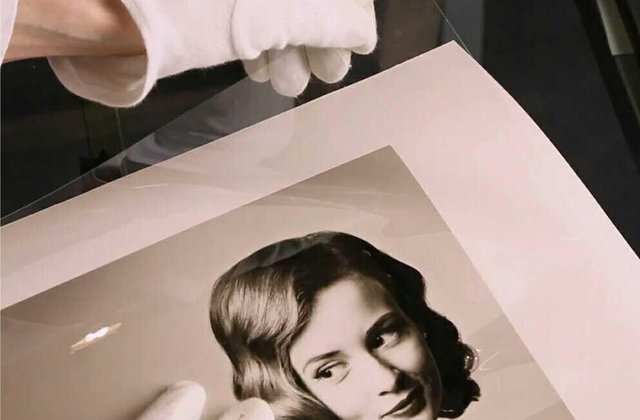
The history of photographic printing is a fascinating intersection between art and chemistry, and you might be surprised to find a cadre of incredible, contemporary practitioners of techniques well over 100 years old. Here’s a round-up of some of our favorites.
Carbon Transfer
A labor-intensive process that uses carbon pigment rather than inks or silver salts to produce a gorgeous black and white image. The carbon transfer method creates prints with deep, rich blacks that do not fade. Calvin Grier of The Wet Print offers bespoke printing services starting at $135 for an 8×10.
Ambrotype
Tired of printing onto an opaque surface? Ambrotypes use the wet plate collodion process to print onto glass. Giles Clement not only has mastered the process, but he also has a very cool series of images with people holding their ambrotype portraits. Book your ambrotype portrait when Clement tours a city near you for $900.

Tintype
Tintypes gained popularity in the 1860s and 1870s in part because they were the “instant” photo of the day. Unlike processes that required a drying process, the thin sheets of metal coated with lacquer and a photographic emulsion could be handed to customers after only a few minutes of processing in a developer and fixer.
A resurgence in the 21st century has made tintypes the alternative process du jour and the Penumbra Foundation offers portrait sittings from $49.

But for real fun with tintype, Ian Ruhter turned his van into a camera giving him the ability to expose metal sheets up to 5 feet wide.
Chlorophyll
According to the New York Times, Vietnamese-American artist Binh Danh was fascinated by the strange discolorations left by objects on his lawn in the wake of the powerful rays of the sun. This led to an artistic series created by sandwiching a transparency onto a fresh leaf and letting the sun bleach some parts and alter pigment color in others.

Hi! I am a robot. I just upvoted you! I found similar content that readers might be interested in:
https://petapixel.com/2017/03/31/8-beautiful-alternative-processes-photographers/
Downvoting a post can decrease pending rewards and make it less visible. Common reasons:
Submit
Informative
Downvoting a post can decrease pending rewards and make it less visible. Common reasons:
Submit